Micha Elias Pichlkastner is a media artist from Vienna and a member of the program Creative Austrians. I had the pleasure of meeting him during his stay in Bucharest for the Cultural Management Academy 2019. His lecture titled The Human Body in the Age of Mechanical Production was meant to explain the significance of the human body in the digital age, to analyse the most important changes and, finally, to propose future solutions. I was very intrigued by his talk and then decided to bring some extra attention to this specific topic within the interview itself, which took place at the Austrian Cultural Forum in Bucharest.
Let me start with a very gimmicky question, one that I myself get asked a lot and, in return, I like asking other people: Why art?
Why art? Well, it’s because I am fascinated by it, and everything that I am fascinated by creates a powerful interest in me. I also think that art has the potential of talking about subjects in ways that you can’t express in any other way. You can reach people when there’s not the limitation of language for example, or other things that just alter and compress what you truly want to say. It’s very open and this openness makes it possible to reach people in more ways, emotional and subconscious ways that you are just not able to reach with other kind of forms of communication.
Yes, that’s very true, especially in this crazy times we are living right now, when we tend to give so much power to certain words or topics of discussion, so much so that we find it hard to even talk about them anymore. You were saying earlier that you have some unpublished projects that you consider “failures” and you hope that nobody will ever find them. What was your first project that you considered worthy of publishing?
It was in my 4th semester in university. Me and one friend of mine created this cyber-religion that we called “God-e”. It was actually very critical about what religion is and about how people consume religion. We made a commercial for it, a fake commercial, and we also created a Facebook page in order to form some kind of society.
That’s genius. It’s provoking to think of the power of religion and technology combined. One often tends to reach apocalyptic and SF-ish scenarios. Now, with the development of AI and its implications, some people consider that in the future we may just end up worshiping the very technology we’ve created.
Like a superintelligence, you mean?
Yes, a superintelligence. A godlike AI capable of recreating itself and learning everything about everything.
Well, the experts say that we will probably reach this type of superintelligence within the next 50-100 years. It will be its own species. So, for example, say there was a message from “aliens” that said something like “We will come to Earth in 50 years”. I think that the wisest and most normal thing to do is to drop everything else and focus on preparing ourselves for the encounter. But with AI, which will probably be something more like us, much less “alien”, I think that we will be more comfortable with it. We will probably continue to see it more as a machine than a true God, or a higher being. Maybe… That’s just what goes on in my mind.
Wow, that got really abstract, really quickly. Let’s get back to art! It is clear from what I’ve seen this far that you developed a very particular style. If I have to put a word to it I would say “impacting”. What were some of the influences that led you to it?
In terms of style I am really into Japanese art. There are two artists, Ryoji Ikeda and Ryuichi Sakamoto, that I really like. They have really cool visuals, it’s really cutting-edge. They definitely have an influence over how I create my own work. There’s a lot of other things also: films, music, motion design is another huge part, actually almost everything that i look at and like somehow finds its way into my work. I try to create things in the way that they appear to me, and to provoke powerful raw feelings.
You have mentioned yesterday something about making your own music as well. Is this one of your interests?
I don’t really. I just make noise for fun. You can’t really call it music. It’s something that I will never publish. But i do work with a lot of people that are really great musicians. A really good friend of mine, Arno Deutschbauer, that made the music for REPLICA, is very good at this. We studied together, we were in this A/V collective at university and we used to work together a lot back then.
That is my next point, one regarding collaborations. I’ve seen on your website that you collaborate with a lot of people. Do you enjoy working with people from different fields?
Yes, and it is very important to me that I genuinely like the people that I’m collaborating with. So, you will see that for all this big projects that we do, it’s usually just a couple of very good friends and some other people that I feel I have some kind of connection with. This way, we have similar ideas and concepts that we play around with and combine. That just makes the process very easy and nice.
If you had to describe your style in one or two words, which would you choose?
Surreal-techno? Maybe? I don’t know. That’s really hard for me. I’m not sure that I can think of something that really makes sense. The most important thing for me is to make the videos really immersive. To make them have a strong impact on the viewer. I can’t really put this feeling into words.
I remember how I felt yesterday after watching Frames in that particular setup, on a bigger screen and in complete darkness. I was thinking about how different was this experience as opposed to just watching it on the laptop. This time I was immersed all the way to the end. It almost felt like I was some kind of trance.
It’s meant to be kind of hypnotic. I am really happy that you got to experience it this way.
Speaking about Frames, what is the process of creating this kind of project? How did you formulate this specific concept?
Well, in the case of Frames we were trying to develop an exhibition and we decided doing it on the difference of human memory and digital search. Then, me and Jan Nahuel Jenny created the concept together. I remember at some point in our discussion, Jan came with the idea that what if computers gained the ability to memorize things dynamically like humans. Then we just hit off. I think it was one of the most complex concepts I have ever worked on. I remember I had the nicest time working on it together with Jan. We spent days and weeks just talking about it and thinking about how it will work. We were just so fascinated by this thing we came up with ! It was very important to get it right because we wanted it to look and to feel a certain way. So, every frame you see in there, every picture is perfectly planed, placed and synchronized in order to give the viewers this experience you just described. After the concept was done, we went to shoot the photos. Jan has a more scientific background, so he did not participate in this part of the project. I directed and shot the material, and then I edited it. Then, my friend Moritz Haberkorn programmed the algorithm that made the computer confuse the images and rearrange them as the human mind would. Then the exhibition space was very important too, because – as you pointed out – it was indeed very important for us to be perfectly dark and intimate. This part was crucial for the hypnotic effect.
That’s a lot. How about Bodyline/Borderline? Was that projection prepared in advance or did it followed the dancers in real-time?
We happened to have a laser motion sensor. We were really lucky with this because when we first developed the performance at an art festival in Vienna, a guy there actually had this sensor and we borrowed it. So, the movements of the dancers were tracked and the white circles followed them as they moved. Is kind of a metaphor because they were literally tracked by technology in that very moment, while the point of the performance is to witness and feel a type exhaustion similar to the one that technology can give us, as we became more and more connected by it. It was kind of important for us to track the dancer’s movement. I really liked the concept of this performance because, as someone who it’s very emphatic, I loved the idea of the public empathizing with the performers. For that reason, of course it works way better in a live performance than in a video. When it’s live you can see them giving all they’ve got there right in front of you.
I really liked how their movements were very methodical and synchronized at the start of the performance and then they became more and more chaotic, similar to the overload of information in the end of Frames.
Yes. They reach their limit and the choreography becomes difficult for them and they struggle to keep up until the end. The choreography was from the start very difficult to memorize and also very hard on your body.
It seemed to me that in the end were just spontaneous movements of the body, like the dancers just felt some kind of impulses and moved. I did not consider that they followed a certain choreography till the end.
It definitely was a choreography but is very good and interesting that it seemed spontaneous.
You mentioned the programming part of your work. Are you a code writer yourself?
I am not a programmer whatsoever. I’m not a code writer. I can work a little bit with visual based programs like Max Msp and vvvv. I used to do that a lot but the last few years I just didn’t have the time to work with them anymore. I still find programming to be fascinating, but I think that my work is usually way more visual. I have more fun creating the visual part and the concept.
From all of your work so far, what is one project you truly love or find special?
I have a very weird relationship with my projects. You know how that saying goes: once you have finished a project, it is dead. Don’t get me wrong, I am very happy with my work but I totally don’t need to watch it. For example, I hadn’t watched Frames for a really long time before showing it yesterday. So, I actually love all my projects and I want to show them to the audience but, at the same time, after spending so much time and energy creating them, it’s kind of weird thinking about them as finished products.
The next question is related to the topic of the impact of technology on us as humans and, consequently, on the things we create. Do you think that some forms of art like painting and sculpture will somehow disappear in that future potentially ruled by AI? Will media art be the only art in that future?
I don’t think it’s going to disappear at all. I’m pretty sure classical painting and sculpture will stay relevant. I just hope that art in general will become more free and democratic. Take museums for example. You will almost never see media art in museums and for me as a media artist this is really upsetting. Don’t get me wrong, I actually love to look at good paintings and sculptures but at the same time I think that limiting at just one or two types of media it’s really wasteful. I hope and I think that this will change in the future. But it is also the human factor. This kind of changes usually takes a lot of time. We firstly need to accept the change and then adjust and adapt to it. Media art will be more important in the future for sure because more and more people realise what kind of transformative times we live in, and how important it is for us to expand our fields of view.
Speaking of future media art, what are you up to? Are you currently working on something new?
I am currently working at a project with Arno Deutschbauer, the guy who made the soundtrack for REPLICA. The project will probably have something to do with VR and Arno will be doing the sound and programming part. We will try to create some kind of metaphysical world in that VR space that will react based on how much we connect or disconnect from it. It’s going to be a lot about the body as well. We plan on scanning a lot of bodies and turn them into 3D models and then transform them into sculptures eventually. We will see. I don’t want to get to excited about it because it’s a lot of work and time and we will also need a very big budget for it. I really hope we will finish it next fall.
POSTED BY
Tea Vindt
Tea is studying art history at the National University of Arts in Bucharest. After graduating from Tudor Vianu National College of Informatics, her path became more and more artistic as she first star...
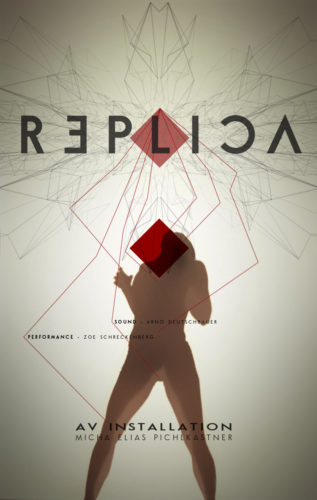
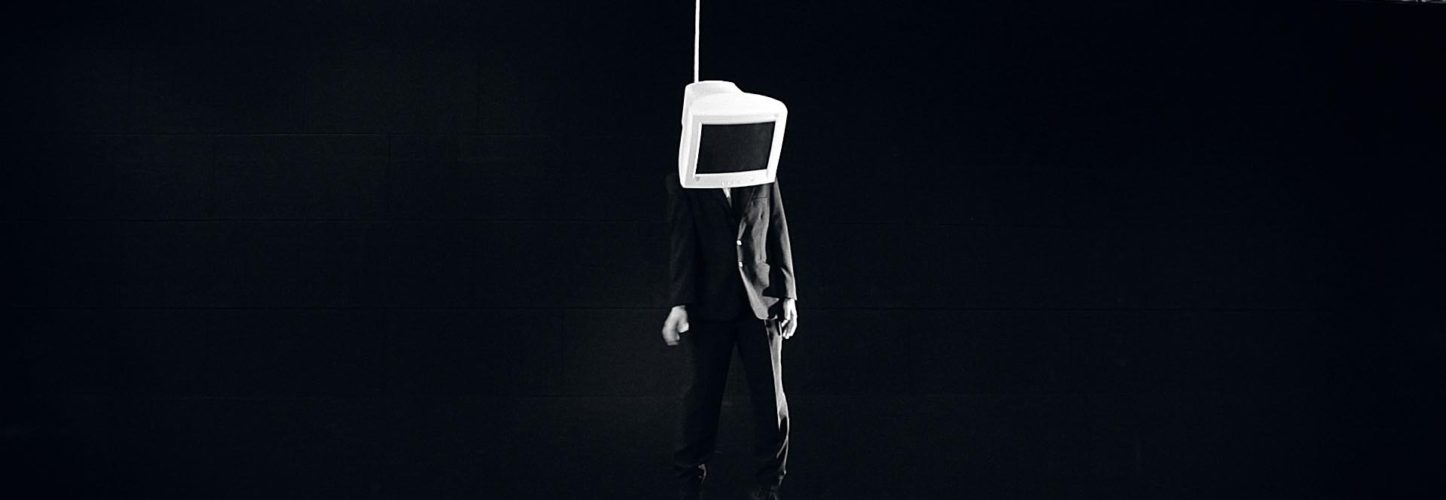
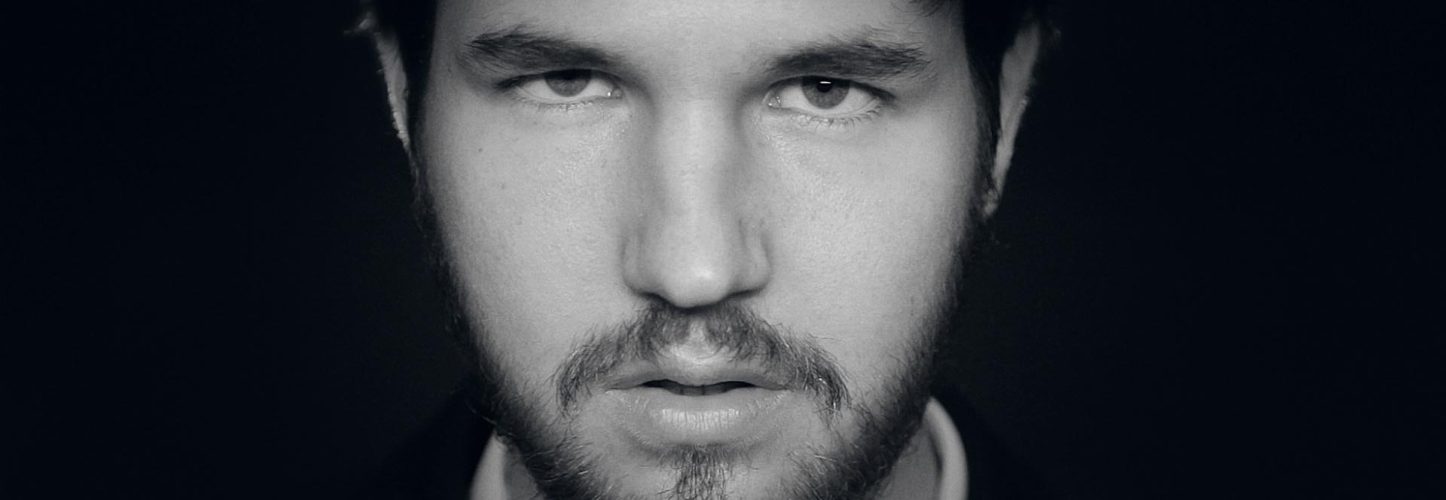
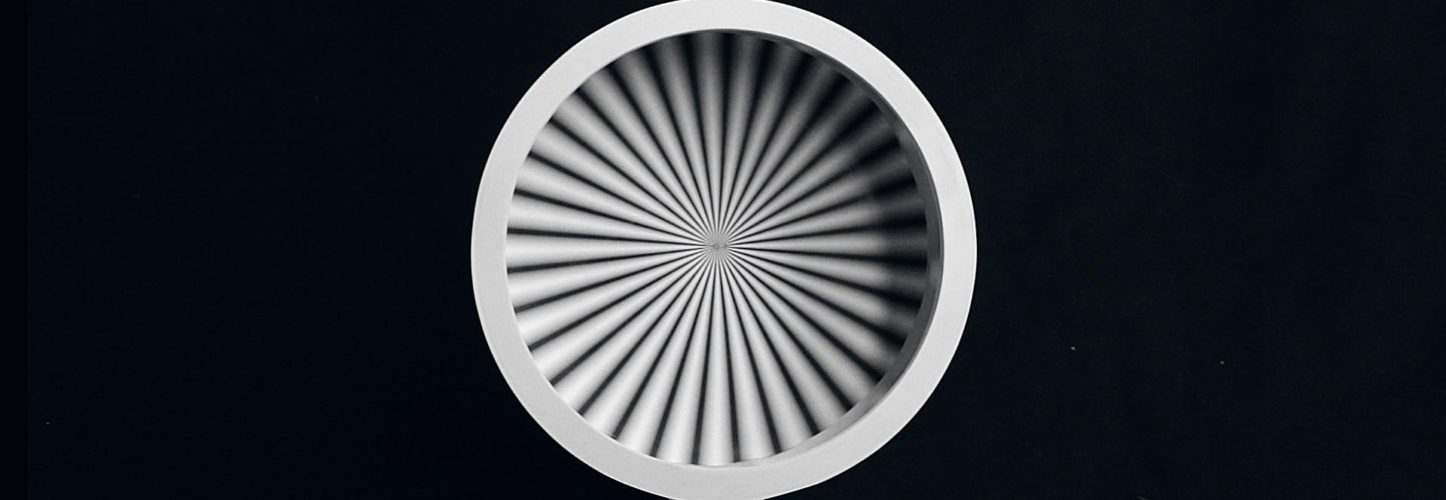
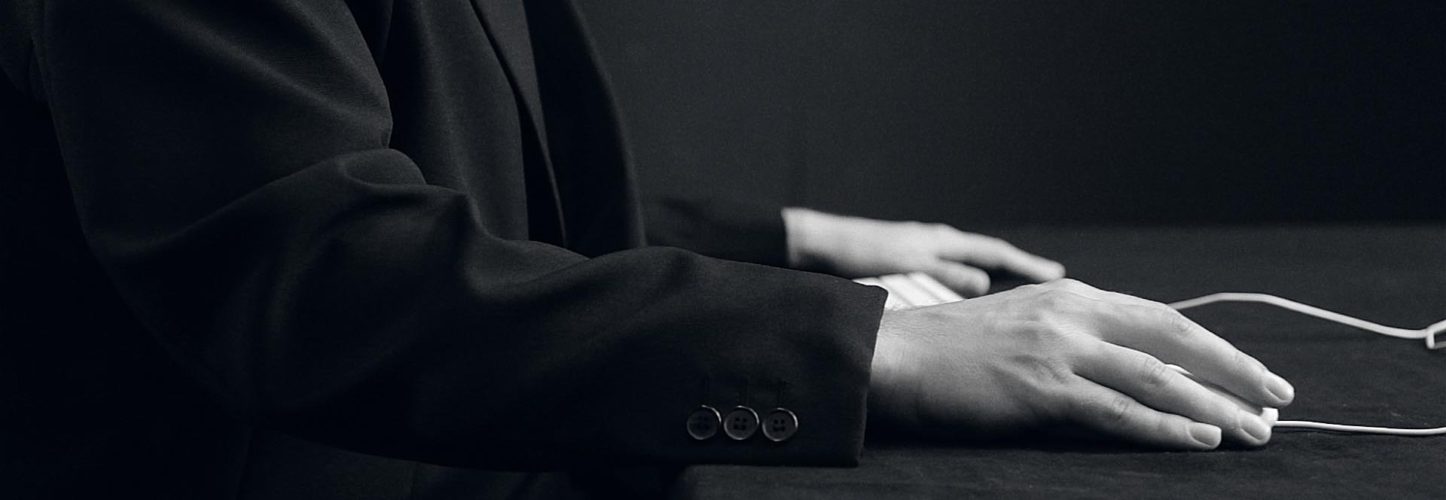
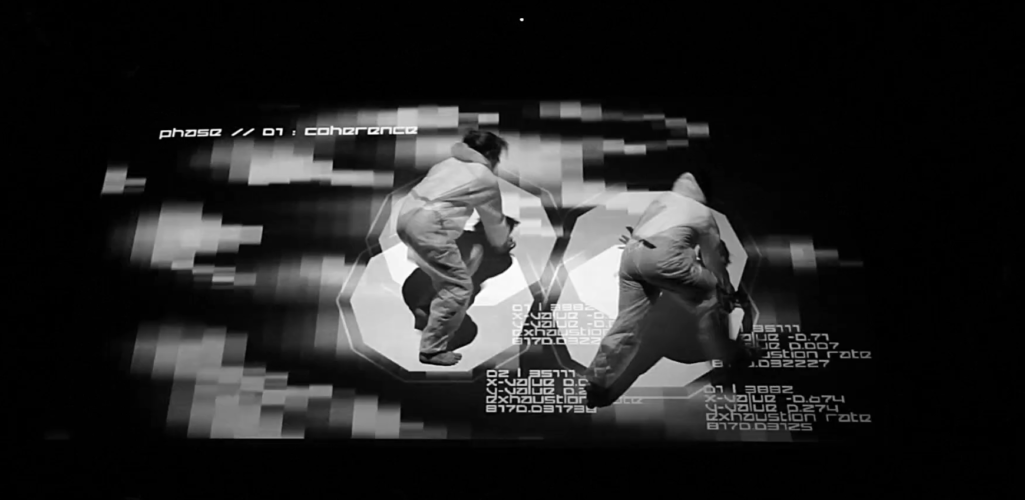
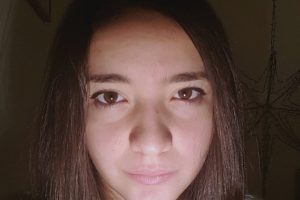
Comments are closed here.